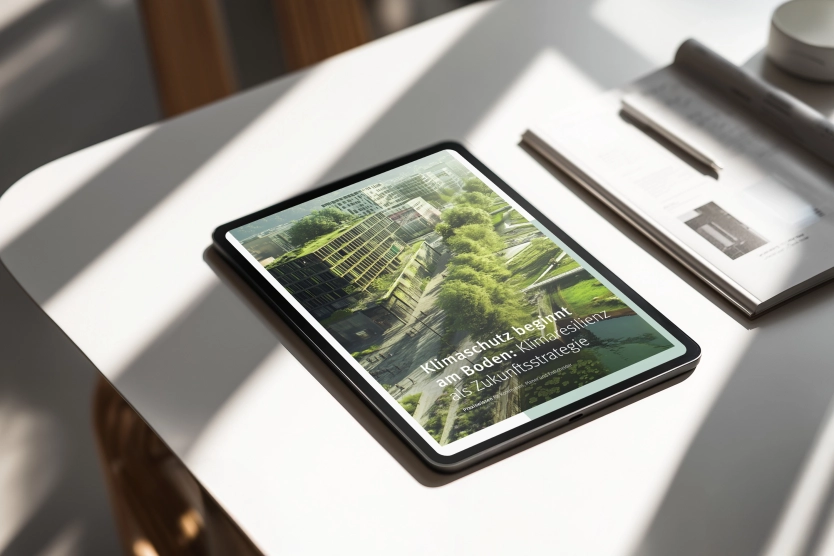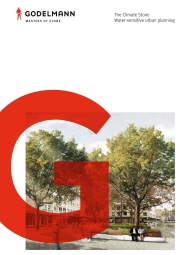

Our cities are facing profound changes. Heavy rainfall, heat waves and advancing climate change are challenging us to rethink existing structures. Sealed surfaces that do not absorb water and store heat are exacerbating the problems - with consequences for the environment and quality of life.
We are convinced that the cities of tomorrow must become more resilient, greener and more liveable. This can only be achieved if we reduce sealing and at the same time create spaces in which people can move, meet and feel comfortable.
Our answer to this is surfaces that can do more: innovative, multifunctional and sustainable. With our paving systems, we design surfaces that not only support, but also improve the microclimate, retain water and set architectural accents - without sealing the ground.
In this way, we combine functionality and climate protection to create a vision that starts today and lasts tomorrow: More climate. More future.

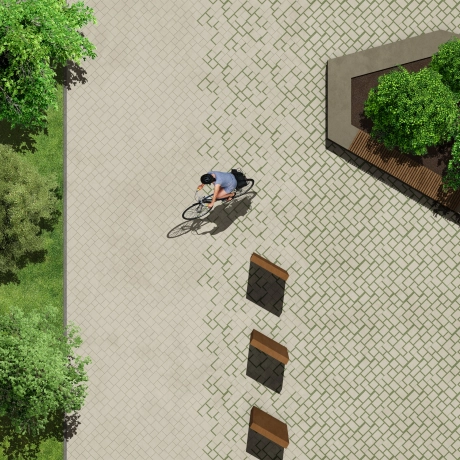

Today's urban areas need to be able to do more: pave surfaces with a high load-bearing capacity , allow rainwater to seep away, improve the microclimate and promote biodiversity.
The best solution: GDM.KLIMASTEIN aBG. It is effective over large areas, highly water-permeable (ψm 0), regenerable and achieves an evaporation performance like a meadow - even where greening is not possible. In this way, it brings the "meadow" principle back to every urban area.
Green - blue - gray in combination: vegetation pavers specifically supplement climatic stone surfaces with lively, green zones. Together, they create a climate-active surface that manages rainwater, reduces heat and makes the city a better place to live.
The GDM. KLIMASTEIN is the basis for resilient, durable and climate-active surfaces - fully water-permeable and with an evaporation capacity like a meadow.
Vegetation paving stones are used where additional greenery is possible: they bring insects, herbs and visual relief to the surface, promote the microclimate and increase the quality of the area.
The green-blue-grey result: more biodiversity and a lively appearance, effective rainwater management and retention and resilient, functional surfaces with maximum water permeability.
Together, they form the building blocks of the sponge city: a multifunctional surface system that absorbs heavy rainfall, reduces heat and makes urban spaces fit for the future.
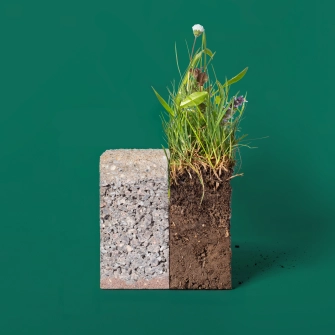
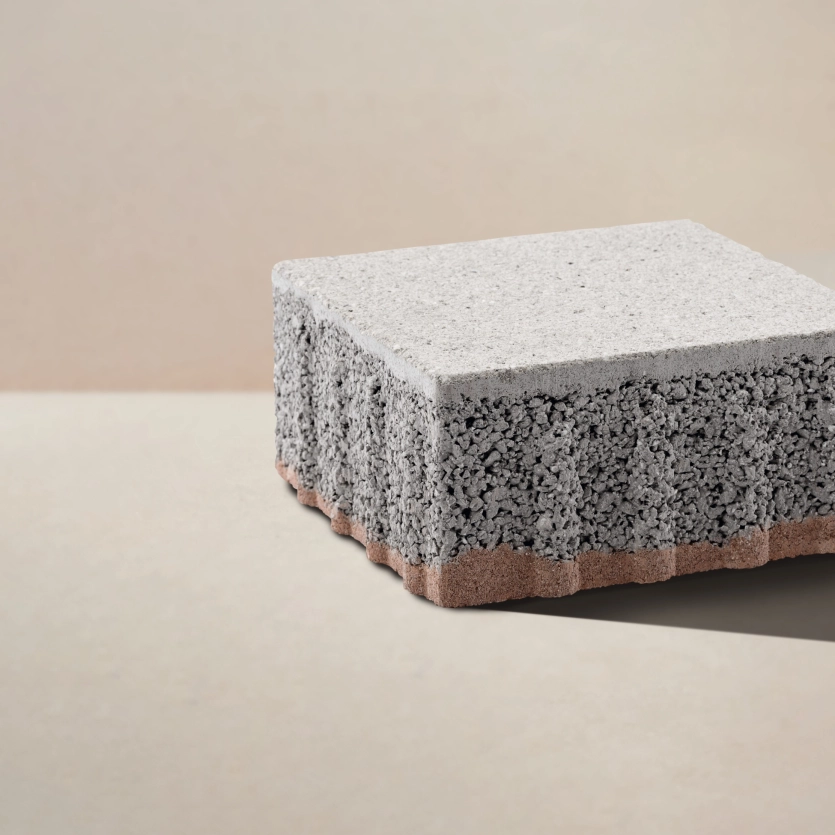
The GDM. KLIMASTEIN is not just a water-permeable stone. It is a technology carrier that makes climate impact measurable.
Three layers for climate-positive surfaces in the city.

Not every surface can or should be greened. However, where it is possible, our vegetation p avers bring more biodiversity and a looser look to the area - without sacrificing functionality.
Small joint, big effect!
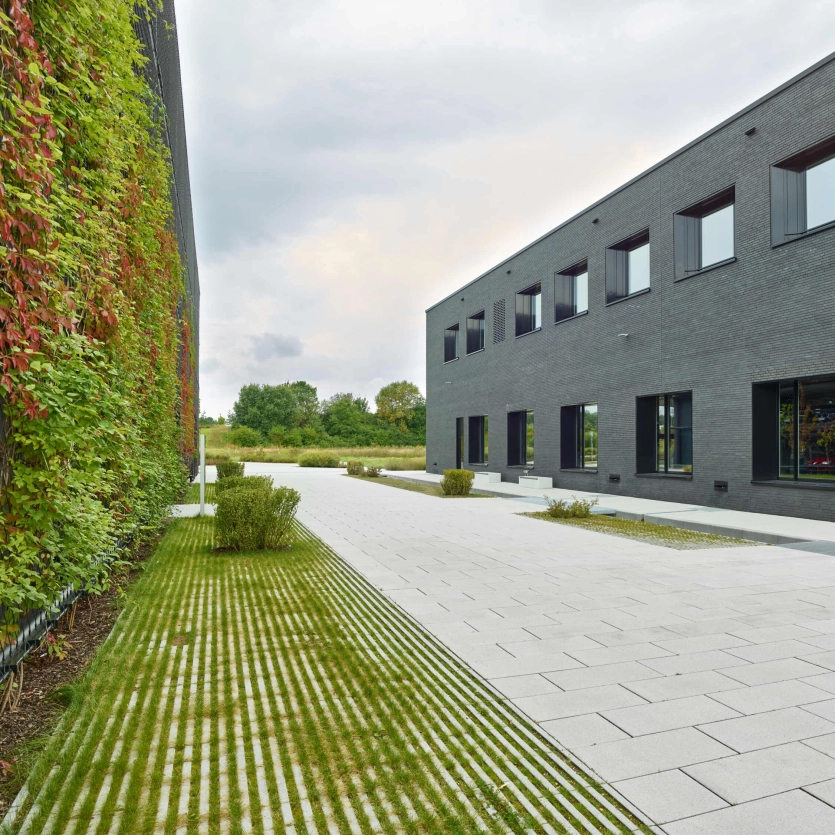
Climate blocks and vegetation pavers interlock functionally and creatively and together form an urban surface that is efficient and lively.


e-mail: andreas.voigt@godelmann.de
T+49 30 2636990-10
M+49 151 15058031

e-mail: michael.koesling@godelmann.de
T+49 7021 73780-31
M+49 151 15058022
Practical knowledge for local authorities, planners and decision-makers
A city is only climate resilient when the natural water cycle is active again - when the city has become a sponge city. This white paper shows which solutions are already working today.
